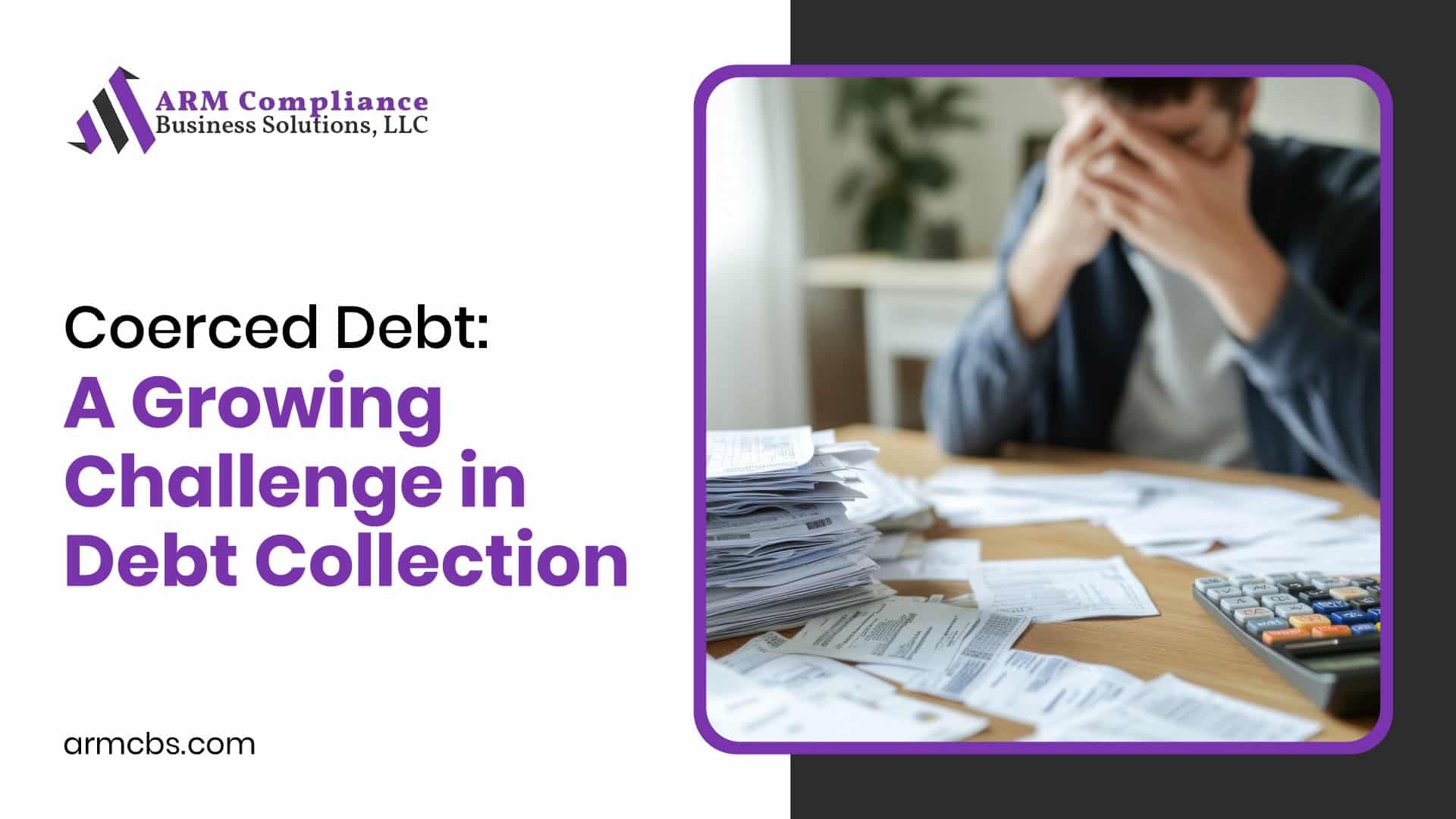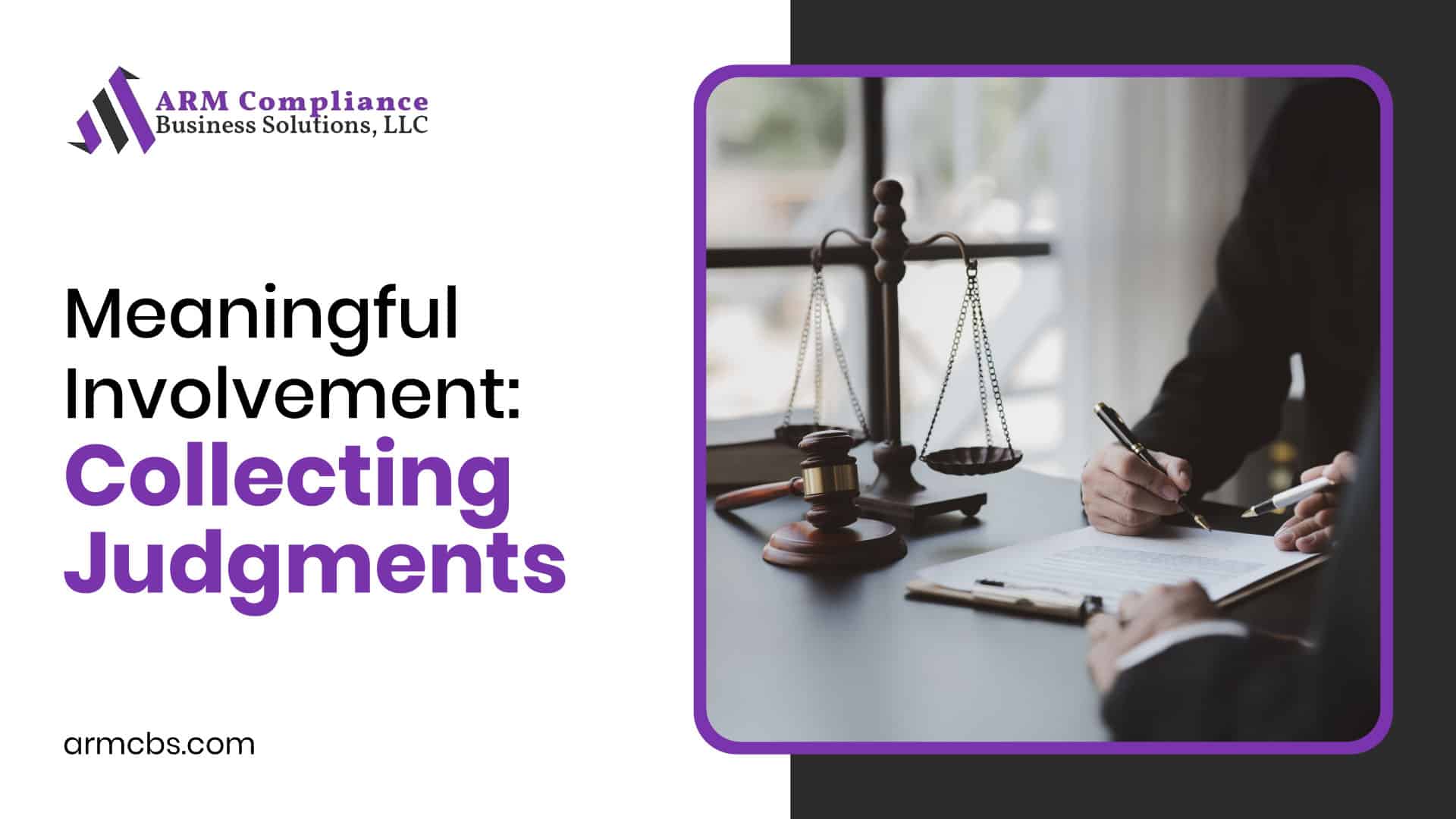Though a relatively new concept, the phrase ‘coerced debt’ is increasingly appearing in correspondence and litigation. Some organizations have indicated they’ve adapted their ID theft policies to meet this new legal challenge. Though ID theft may seem like a nearest-neighbor conceptually, the nuance involved with coerced debt has significant implications, and utilizing ID theft policies to meet these cases may put your organization at risk.
Why The Nuance Matters
Unlike identity theft situations, where individuals deny any involvement in the debt, a person asserting coerced debt acknowledges the debt but claims it was incurred under duress or manipulation. As a result, where traditional defenses such as “they signed for it,” “they were the patient,” “they created the debt,” may suffice to rebut identity theft allegations, they likely will not work the same way in alleged coerced debt situations. With coerced debt, a person acknowledges they are involved in the creation of a debt, but claims they are not responsible because they acted under coercion. They agree they signed for it or that they created the debt, and they don’t deny you have the right person. The issue is whether circumstances outside the transaction relieve them of the obligation to pay (this varies by coerced debt statutes/rules- listed below).
Attempting to adapt to coerced debt claims using an ID theft frame of reference can negatively affect your organization’s reputation. Responses that use barely changed ID theft responses have made agencies sound crass, uncaring, and ruthless in court when defending cases based upon an alleged pursuit of coerced debt. This matters because if your organization does get it wrong from time to time, you want to be able to defend these claims on the merits. It’s much harder to defend when letters, on their own, create bad optics.
To avoid these consequences, yet still be able to weed out true cases of coerced debt, the first priority should be to establish a clear internal policy for defining Coerced debt. This policy should be separate and distinct from your ID theft policy, and should consider how your response to the consumer will sound. You can ask for the information needed to verify coerced debt claims without sounding ruthless or uncaring. Next step is to build policy and procedure around it.
Internal Policy Framework
- Define Coerced Debt
- Understand State Law Applicability
- Document Requests based on applicable law, request, ex:
- Sworn statements
- Police reports
- FTC identity theft reports
- Court orders or dissolution findings
- Pause Collection while evaluating documentation.
- Escalate Cases suspected forced debt to a specialized review team.
- Train staff to:
- Recognize signs of coerced debt.
- Engage victims sensitively.
- Understand applicable documentation standards.
Review of State laws on coerced debt
California
- SB 975 (2022): Mandates creditors to pause collection upon receiving adequate documentation and sworn statement. Grants debtors the right to legal action and remedies if coerced debt is established.
- Defines coerced debt in contexts with human trafficking and domestic violence and threats of serious harm, abuse of legal processes or debt bondage.
Connecticut
- Senate Bill 123: Defines coerced debt as non-consensual debt incurred by domestic violence victims via force, threats, intimidation, or undue influence. Allows victims to pause collection and seek judicial relief and creditor accountability.
Illinois
- HB 3352 (2025) Defines debts incurred under duress. When someone is forced under pressure into taking out loans, using credit, or making purchases against their will.
- The collection agency has the burden of proof through a written explanation if they believe it is coerced or stop collections.
Maine
- Maine’s Economic Abuse Law from 2019, and The Maine Fair Debt Collection Practices Act (MFDCPA) has protections for coerced or unauthorized use of a person’s credit or property, withholding access to funds and exploiting their financial resources.
Minnesota
- Statute § 332.71: Defines coerced debt as debt in one’s name incurred through unauthorized use of info, force, fraud, intimidation, coercion, or economic abuse.
- Excludes secured debt.
- Defines documentation required: police report, FTC identity theft report, dissolution orders, or sworn certification.
Nevada
- Assembly Bill 250 in 2025 is debt incurred by a victim of sex trafficking or domestic violence due to fraud, duress, or undue influence.
- Requires debt collectors to stop collection actions and correct records upon a claim including supporting documentation.
New York
- Assembly Bill A3038B, includes debts incurred through fraud, duress, intimidation, threats, force, or exploitation.
Texas
- HB 4238 (2025): Expands identity theft law to include coerced debt. Requires creditors/collectors to cease collection on consumer debt when presented with a criminal complaint, identity-theft court order, or FTC identity theft report, even when the identity theft is coerced by an abuser. Permits pursuing the actual coercer instead.
Federal Context
Consumer Financial Protection Bureau (CFPB): Began rulemaking in late 2024 to consider extending identity theft protections to coerced debt victims, especially those affected by domestic or elder abuse.
Broader Definitions & Advocacy Tools
- National Consumer Law Center (NCLC): Released model state legislation framing coerced debt as a form of economic abuse and coercive control, offering drafting guidance for state law expansion.
- Center for Survivor Agency & Justice (CSAJ): Defines coerced debt as debts resulting from fraud, coercion, or manipulation by an intimate partner exerting control.
Coerced debt is a newer term for our industry, but it is also a serious situation that will need education and a plan for your collection of debt going forward.





